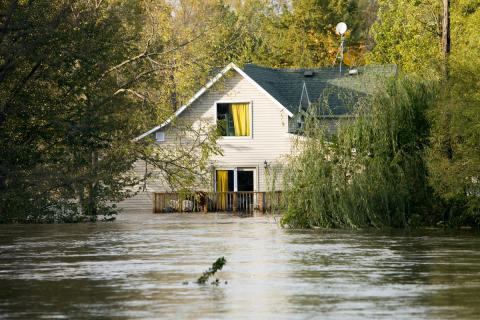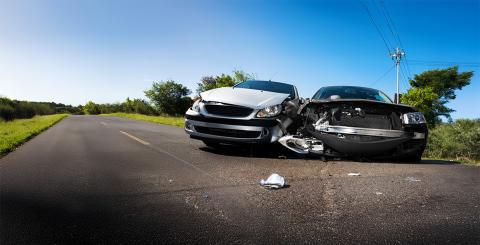How to protect your vehicle in winter

Québec winters are tough on cars. The intense cold, snow, ice, calcium , and humidity can combine to make your vehicle grow old before its time. Here are some strategies for protecting your vehicle so you can make it to spring safe and sound.
What winter does to your car
Winter weather puts extra stress on your car, especially the drive train and body. Weeks-long periods of extreme cold affect the battery and liquids like motor oil and coolant.
Cold, snow, freezing rain, and darkness really put things like headlights, the heating system, heated seats, heated steering wheels, and windshield wipers through their paces. They’re all powered by the alternator, which gets a real workout in winter.
The abrasives used on our roads can damage vehicle paint, eventually exposing the steel beneath. Slush, snow, water, and ice will jump at the chance to eat away at that steel and compromise your vehicle’s structure.
Slippery roads too can easily cause accidents that seriously damage your vehicle, especially if you don’t have good winter tires or your systems aren’t in top shape. And make sure you have the right car insurance before winter sets in!
How to protect your car during winter
The key to protecting your car from the coming winter is getting everything ready in the fall. In fact, your vehicle should be ready to go by the second week of November.
Start with a good cleaning, including decontaminating the paint, if possible. That gets rid of contaminants before you apply your antirust treatment. A good interior cleaning won’t hurt either, and remember to replace your cabin air filter to make sure the air quality will be up to par when you’re keeping the windows up all winter. Consider winter floor mats too for better protection.
Next up: antirust treatment. Too many Québec motorists neglect this one, but it’s an essential part of maintaining the body. Antirust treatment generally runs you about a hundred bucks, but it can save you a lot more than that in repairs down the road.
And last but not least, get your winter tires put on before the daytime high drops below 7 degrees (Celsius) around mid-November. Yes, Québec law says vehicle owners have to have winter tires on from December 1 to March 15. But it’s not unusual to see snow on the ground in November. The road surface also starts getting cold, especially at night, and summer tires begin to lose their grip. Get a good set of winter tires on early to make sure the first snow doesn’t sneak up on you.
And while your mechanic is installing your winter tires, get a thorough inspection to go with it, including the brakes and suspension, so nothing goes wrong in an emergency.
Your mechanic can also check your battery, alternator, and drive belt. An oil and coolant change is also a good idea to make sure your engine will run efficiently when it gets really cold.
After that, your vehicle is ready for winter. But that’s not the whole story. We strongly recommend keeping an emergency winter driving kit in your trunk. You’ll definitely thank yourself if you ever break down in the middle of winter. You can also sign up for a roadside assistance service in your area. It might just come in handy.
New ways for the new season
Once winter hits, there are some changes you should make to protect your vehicle. If you can park in a heated garage, do it! Starts will be smoother because your battery, starter, and fluids won’t be chilled to the bone.
But there’s no need to plug in your vehicle if you’ve had your battery inspected, even if you’re parked outdoors. A healthy battery should get you through the season.
Try to wash your vehicle regularly. That will get the abrasives, calcium, and grime off the body so it lasts longer. But do wait for a thaw or mild day before you hit the car wash. It’s not a good idea to wash your vehicle when it’s −20 or below.
If possible, inspect your vehicle regularly for any rock chips in the paint. If you do find any, get them fixed as soon as possible to prevent further damage.
Most importantly, adjust your driving to the weather. Winter driving is slower driving, and don’t tailgate! Seriously! You’ll need that margin of error if you have to slow down on a slippery road. Let people know what you’re going to do by signalling in advance, and always drive with your headlights on. Happy trails!



